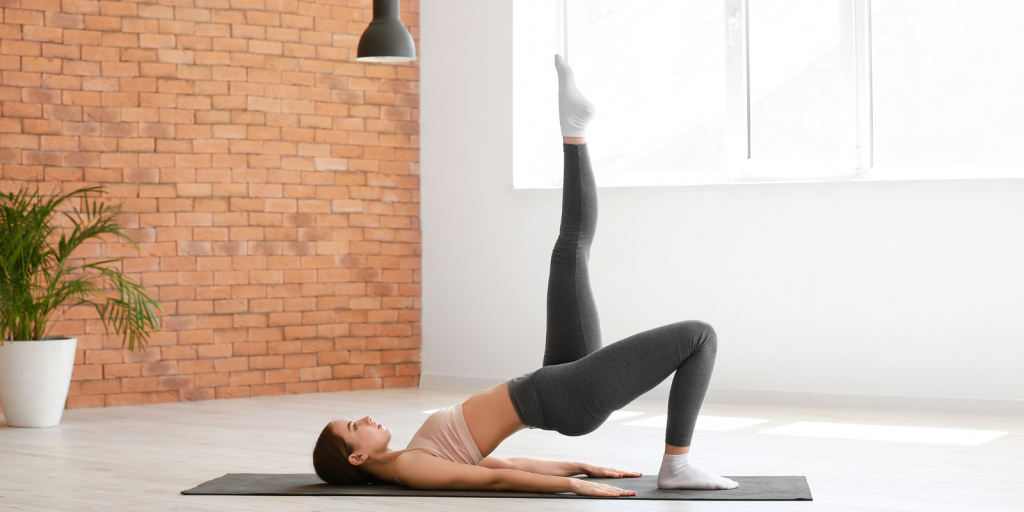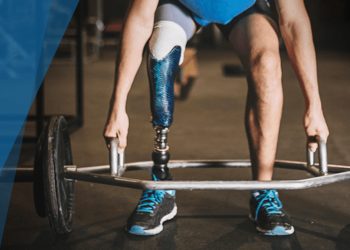Finding moments of peace and mindfulness can be challenging. However, incorporating mindful movement practices into your daily routine can help you cultivate a sense of calm, focus, and inner strength. Pilates, a form of exercise that emphasizes controlled movements and proper alignment, is an excellent way to enhance both physical and mental well-being. In this article, we’ll explore the principles of Pilates and introduce a series of Pilates flows designed to improve core strength, stability, and alignment.
At its core, Pilates focuses on building strength from the inside out, with an emphasis on core muscles such as the abdominals, obliques, and lower back. By engaging these deep stabilizing muscles, Pilates helps improve posture, balance, and overall body awareness. Additionally, Pilates exercises are performed with mindful attention to breath and movement, promoting a sense of presence and mindfulness throughout the practice.
One of the key principles of Pilates is precision, which involves performing each movement with control and accuracy. By moving mindfully and with intention, you can maximize the effectiveness of each exercise and minimize the risk of injury. Throughout your Pilates practice, focus on maintaining proper alignment and engaging the correct muscles to ensure optimal results.

Another fundamental principle of Pilates is centering, which refers to the activation of the body’s core muscles to support and stabilize movement. By connecting with your center and engaging your core throughout your Pilates practice, you can improve your overall strength, stability, and balance. Many Pilates exercises specifically target the core muscles, helping you develop a strong and resilient center.
Alignment is also crucial in Pilates, as proper alignment ensures that you’re performing each exercise safely and effectively. Pay attention to the alignment of your spine, pelvis, and limbs as you move through the Pilates flows, making adjustments as needed to maintain optimal alignment. By practicing good alignment habits in Pilates, you can improve your posture, reduce the risk of injury, and enhance overall body awareness.
Breath is another integral aspect of Pilates, with each movement coordinated with inhalation and exhalation. By syncing your breath with your movements, you can enhance the flow of energy throughout your body and promote relaxation and focus. Throughout your Pilates practice, breathe deeply and fully, allowing your breath to guide and support your movements.
Now, let’s explore a series of Pilates flows designed to strengthen your core and improve alignment:
- Pelvic Curl: Lie on your back with your knees bent and feet hip-width apart. Inhale to prepare, then exhale as you articulate your spine off the mat, peeling your hips up towards the ceiling. Inhale at the top, then exhale as you roll your spine back down to the mat, one vertebra at a time.
- Hundred: Lie on your back with your legs in a tabletop position and arms reaching towards your feet. Inhale to prepare, then exhale as you lift your head, neck, and shoulders off the mat, reaching your arms long by your sides. Begin to pump your arms up and down with small, controlled movements as you inhale for five counts and exhale for five counts.
- Single Leg Stretch: Lie on your back with your knees bent and feet flat on the mat. Inhale to prepare, then exhale as you lift your head, neck, and shoulders off the mat, engaging your abdominals. Extend your right leg towards the ceiling as you reach your left hand towards your right ankle. Switch legs, reaching your right hand towards your left ankle as you extend your left leg.
- Swan Dive: Begin lying on your stomach with your arms reaching overhead and legs extended. Inhale to prepare, then exhale as you lift your head, chest, and arms off the mat, keeping your gaze forward. Inhale at the top, then exhale as you lower back down with control.
- Side Plank: Begin in a plank position with your wrists under your shoulders and body in a straight line from head to heels. Rotate onto your right hand and outer edge of your right foot, stacking your left foot on top. Lift your left arm towards the ceiling, engaging your core and lifting your hips off the mat. Hold for a few breaths, then switch sides.
As you move through these Pilates flows, focus on maintaining mindfulness and awareness of your breath, movement, and alignment. By incorporating these mindful movement practices into your routine, you can enhance your core strength, improve your alignment, and cultivate a greater sense of well-being both on and off the mat.





